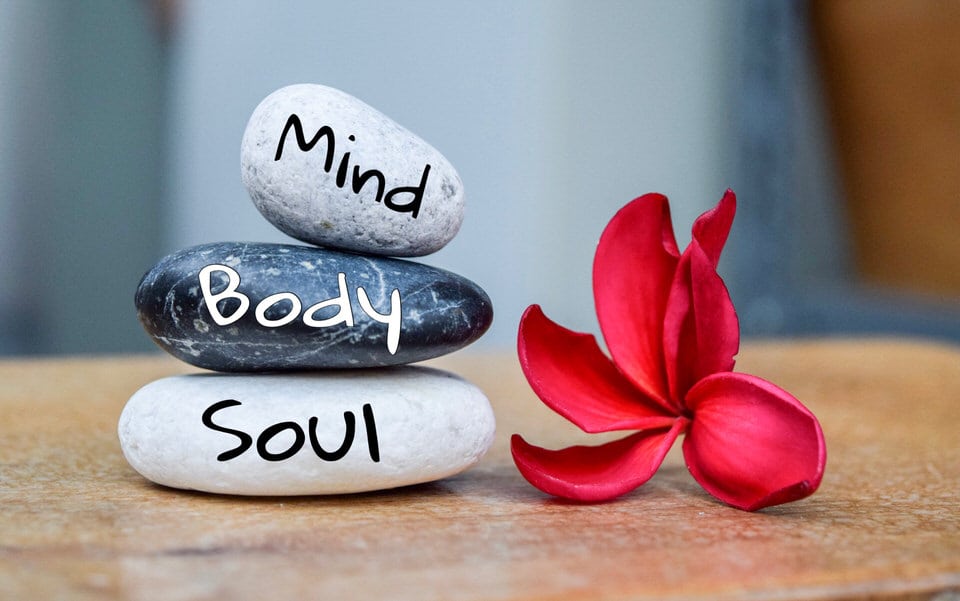Traditional Chinese health beliefs adopt a holistic view emphasizing the importance of environmental factors in increasing risk of disease. According to Quah (1985), these factors influence the balance of body’s harmony, yin and yang. These are two opposite but complementary forces and, together with qi (vital energy), they control the universe and explain the relationship between people and their surroundings. Imbalance in these two forces, or in the qi, results in illness.
In order to restore the balance, traditional remedial practices may be needed. For example, excess `hot’ energy can be counterbalanced by cooling herbal teas, and vice versa. These beliefs are deeply ingrained among the Chinese, and have been found to be unchanged following migration to Singapore.
Lee, et. al. (2004), found that patients with specific chronic diseases, namely arthritis, musculoskeletal diseases and stroke, were more likely to use Traditional Chinese Medicine (TCM). This was strongly determined by the ‘chronic disease triad’, perceived satisfaction with care and cultural health beliefs.
Hence the use of TCM is not associated with the quality of doctor-patient interaction. Astin (1998) also agreed that it was seen as being more compatible with the patients’ values, spiritual and religious philosophy, or beliefs regarding the nature and meaning of health and illness.
In traditional Chinese culture, taking medication is thought to be aversive, hence medications tend to be taken only until symptoms are relieved and then discontinued; if symptoms are not obvious, medications will probably never be taken.
Apart from parental cultural beliefs, minor side effects of certain antibiotics such as stomach upset may contribute to the poor adherence of medication. The use of “leftover”, “shared” antibiotics and over-the-counter purchase of antibiotics by parents are common situations in the community.
They think that their children suffer from the same illnesses judging by the similar symptoms, so they would give the “leftover” or “shared” antibiotics to their children and only bring them to their doctors if there is no improvement (Chang & Tang, 2006). This may cause their conditions to deteriorate and may necessitate aggressive treatments later which may have unnecessary side effects.
However, there are small groups of Chinese who also blamed ill-health or misfortunes on supernatural forces, or on divine retribution, or on the malevolence of a ‘witch’ or ‘sorcerer’ (Helman, 1994). Such groups will usually seek cures from their religions.
In Singapore, the Ministry of Health has drawn up the TCM Practitioners’ Ethical Code and Ethical Guidelines to prevent any unscrupulous practitioners from preying on their patients and taking advantage of their beliefs, for example, molesting ignorant patients.
The degree of acculturation has been evidenced in the following case. An old man was brought into our hospital with a week-long history of malaise, nausea and vomiting, and sudden jaundice. He was diagnosed to have an obstructive mass in the liver.
A biopsy revealed hepatocellular carcinoma. The serological test suggested chronic active hepatitis B. When the news broke to his son that his father had cancer, he requested not to disclose that to his father.
When we discussed end of life issues such as hospice care and “do-not-resuscitate” (DNR) orders, the son tried to divert the discussion to other issues such as when his father could go home.
Cultural Issues that may be involved in this case are:
The Chinese tend to protect the elderly from bad news.
Believing in karma – the older folk believe that discussing illnesses or death/dying is bad luck. They think that talking about something bad will cause it to come true.
There is an increased incidence of liver cancer resulting from Hepatitis B due to delayed treatment in the elderly, as it may take a long time for them to accept the initial diagnosis.
Reference:
Astin JA. (1998). Why patients use alternative medicine. J Am Med Assoc 1998; 279: 1548-1553.
Chan, G. C. & Tang, S. F. (2006) Parental knowledge, attitudes and antibiotic use for acute upper respiratory tract infection in children attending a primary healthcare clinic in Malaysia. Singapore Medical Journal, 47(4):266
Helman, C. G. (1990) Culture, Health and Illness. Wright, London.
Quah, S. R. (1985) The Health Belief Model and preventive health behaviour in Singapore. Social Science and Medicine, 21, 351-363.
Lee GBW, Charn TC, Chew ZH and Ng TP. (2004). Complementary and alternative medicine use in patients with chronic diseases in primary care is associated with perceived quality of care and cultural beliefs. Family Practice, 21(6): 654-660.










Leave a Reply